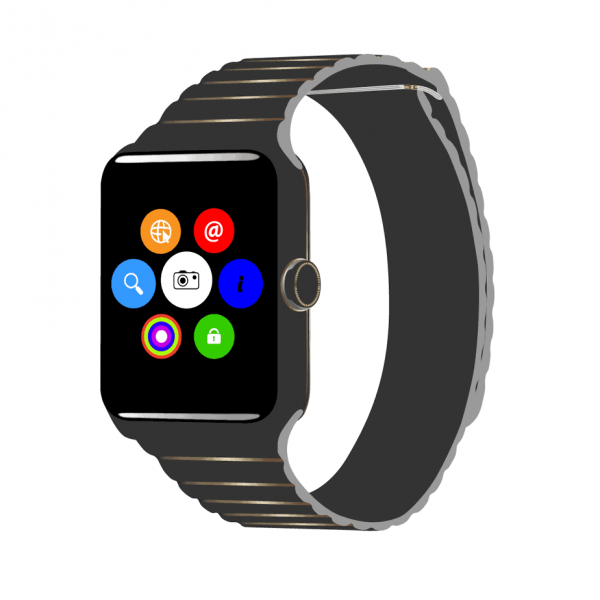ATEQ’s Smartwatches Leak Testing Solutions can help you streamline your production line, ensuring compliance with waterproofing standards and enhancing your product reliability

These seals all need to go through rigorous quality testing. The most important type of testing for the waterproofing process is leak testing. Waterproof smartwatch manufacturers have dozens of leak testers, like ATEQ’s F28 lite, or F620 differential throughout their production lines to test the smartwatch at various points during the assembly process.
Once the watch is completely assembled and the screen is secured, it can be leak tested with ATEQ’s sealed component ingress leak testing method. By putting the completed sealed watch into an airtight chamber, the chamber can be pressurized with compressed air and the leak tester can measure if any air sinks into the watch. If a leak amount that is below the manufacturer-specified leak rate sinks in, the watch can be considered airtight enough to be classified as being “waterproof”.
ATEQ’s leak testers offer the precision needed to ensure all components of your smartwatch are waterproof. By integrating ATEQ’s smartwatches leak testing solutions, manufacturers can improve production efficiency and minimize defect rates.
Ensure your smartwatch’s waterproofing reliability with ATEQ’s fast and effective leak testing solutions tailored to your needs.
Read ATEQ’s full Sealed Component Leak Testing article.
ATEQ has developed solutions for hundreds of different consumer electronics leak testing applications for well-known manufacturers over the last 50 years. Contact Us to speak with an expert ATEQ Application Engineer in your area.

